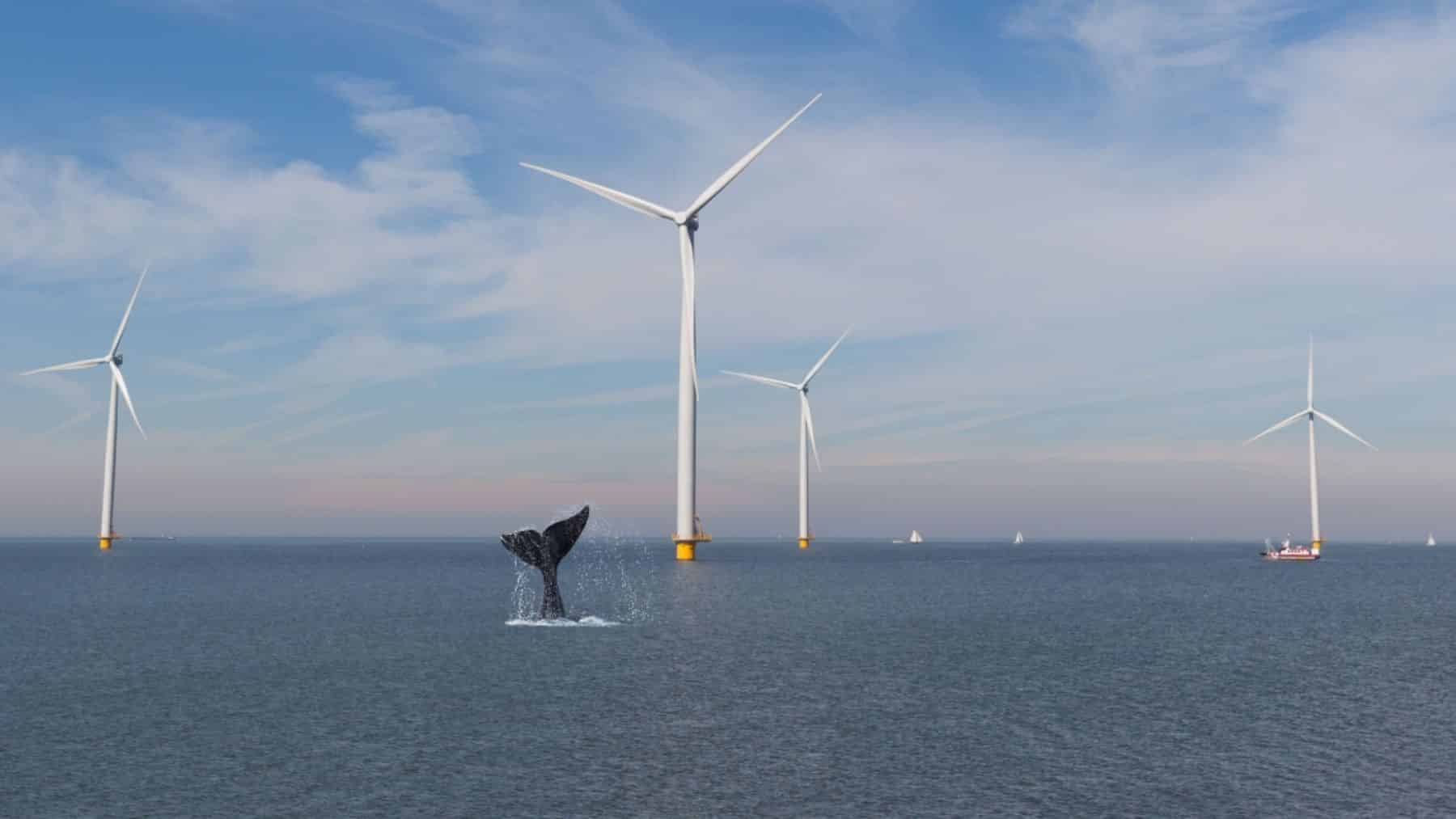With the Australian government as well as governments from the rest of the world pushing the renewable energy agenda, it seems that wind turbines located far out at sea are becoming ever so common. Yet, community members are not at all thrilled as these wind turbines are being blamed for their strange effect on whales. Although all myths about these wind turbines being directly attributed to the deaths of whales have been debunked, whale behavior or stranger behavior from these whales needs to be studied and carefully observed.
Whale habitats are being impacted, and environmentalists are concerned
Although no concrete evidence can be produced about the construction of wind turbines killing whales, experts suggest that the construction phase affects whale behavior. Vessel noise and the installation of structures interrupt low-frequency sounds that whales need for navigation and communication.
According to the National Recovery Plan for the Southern Right Whale, noise pollution will move whales further away from their traditional migratory and breeding areas. The concern is that despite these effects being temporary, the habitats of endangered species will face serious consequences, despite disruptions being short-lived.
The strategies that U.S. agencies employed when working on offshore projects, such as monitoring protocols and observing timing restrictions, can be employed by Australia too, as they can considerably reduce all disturbances during whale migration. However, there is a need for further research in the country as the infrastructure is still in its early stages.
Concerns among community members due to misinformation
Whale deaths being directly linked to wind turbine installation and placement have gained some attention in the media, causing community members to react with some panic. However, a rather startling image circulating of whales impaled on turbine blades is merely propaganda used to elicit strong emotions. Whale deaths have not been linked to the operation of wind turbines.
Former Greenpeace investigator and environmental consultant Nelli Stevenson has stated that all these devastating claims are the result of bad-faith actors pushing forward political agendas. More than wind turbines, Stevenson argues that the real threats to whales come from plastic pollution, habitat loss due to climate change, and entanglement in fishing gear.
Wind farms have, as such, not been blamed for whale deaths yet. Between 2017 and 2024, 25 out of 30 investigated whale deaths were caused by entanglement or vessel strikes.
Understanding the long-term impact of wind farms
The truth of the matter is that the construction phase has somewhat passed the test, and the existence of turbines apparently has a minimal impact on whales. However, Australian waters may require dedicated research and local research to understand how these offshore wind farms can affect marine species over time.
A call for adaptive management was put in place by Australia’s Department of Climate Change, Energy, the Environment, and Water, and this program will be amended due to findings. Changes in whale behavior will be studied over time.
Since the argument is that these wind farms need to exist as they assist in the struggle to reduce greenhouse gas emissions, which poses a far bigger threat to the whale population. Floating energy has become essential in America and Australia in the struggle against climate change.
Strange behavior patterns observed
The strange behavior of whales due to the existence of wind farms has been observed by whale watchers. Observations mostly deal with decreased sighting of whales near wind farms and whales changing their migratory paths. Both these behaviors could be attributed to the noise and activity associated with wind farm construction. Perhaps the future of wind power needs to be a song or a sweet melody.
Thus far, there is a lack of evidence that turbines are whale killers. To believe this information would be to rely on misinformation over science. Climate change already poses a huge threat to these whales, and if wind turbines are in place to eliminate climate change, more research needs to be conducted to ensure that the shift is positive and done with added care.














